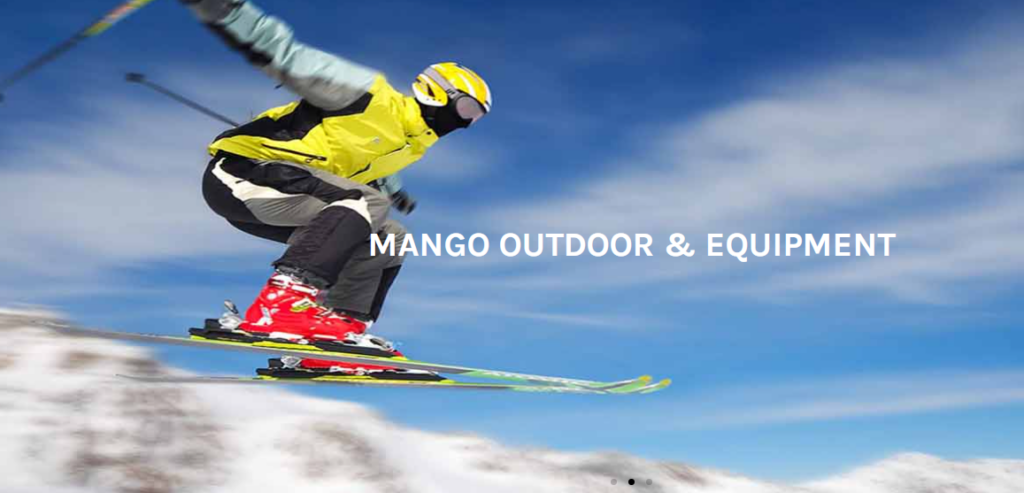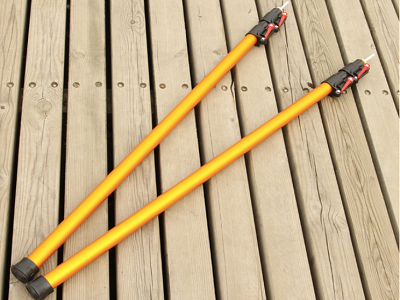Benefits of Trekking Poles You Might Not Know
Whether you are hiking across the country or on a short weekend trip, trekking poles can add a lot of stability and comfort to your hike. In this article, we’ll break down everything you need to know about hiking with trekking poles. If you’re looking for our favorites, check out our website.
Advantages of hiking poles
Reduces stress on joints
The biggest advantage of hiking with trekking poles is that they can absorb some of the impact on your joints when you pedal – especially on uphill and downhill trails. Have you ever felt knee pain while hiking on steep downhill trails? Try using trekking poles to take the pressure off your knees and reduce the pain.
Exercise your arms
Every day is a leg day on the hiking trails. Unless your hike includes boulder scrambling or bushwhacking, you may not be using your arms at all. Hiking poles can give your arms some exercise and help keep your hands from swelling when you lift. Keeping your arms elevated, combined with the pumping action used by hiking poles, promotes better circulation and prevents swelling.
Keep your balance
Know what’s better than two legs? Four legs. Trekking poles act as another set of limbs, providing you with more stability when tackling tricky terrain. Spreader poles help you maintain your balance when crossing fast-flowing water, traversing snowfields and ice, hiking along narrow ridgelines, and going up and down hills on loose surfaces like sand or gravel. We’ve also used trekking poles on more than one occasion to stay upright while battling strong winds.
Maintain a good pace
Using trekking poles allows you to walk at a steady pace – foot, pole, foot, pole – and can help you maintain a good hiking pace over a longer period of time. We’ve noticed that we tend to go a little faster when we use trekking poles, and the repetitive motion can be a little ponderous when we’re hiking.
Testing water depths
It can be difficult to determine the depth of a waterway or how thick the ice is on a frozen stream. Hiking poles can take the guesswork out of it and help you get over the hazards safely.
Keep wildlife at bay
When in remote areas, it’s always important to be aware of your surroundings at all times. Do what you can to avoid sneaking up on wildlife or encroaching on their territory. If you find yourself too close to a large animal such as a bear to be comfortable, banging your poles together or against trees and rocks will make an ear-splitting sound, which will usually scare the animal away. You can also make yourself appear larger by swinging your hiking poles overhead, which can deter animals from approaching you.
Proper use
Single or double
Using a pair of trekking poles has proven to be more beneficial than using just one pole. When hiking on a relatively flat surface with little luggage, it is convenient to use a hiking staff. Trekking poles are highly recommended when hiking over rough terrain with a heavy pack.
Using the straps
Proper use of the straps is required for a comfortable hiking experience. First, adjust the loop so that your hand passes underneath the strap, then move it down between your thumb and fingers and the back of your hand.
Correct height
When hiking on flat terrain, trekking poles should be at such a height that the elbow must be bent at a right angle when holding it. Lower the height about 5 to 10 cm for uphill and 5 to 10 cm for downhill.
Please feel free to contact us today.






